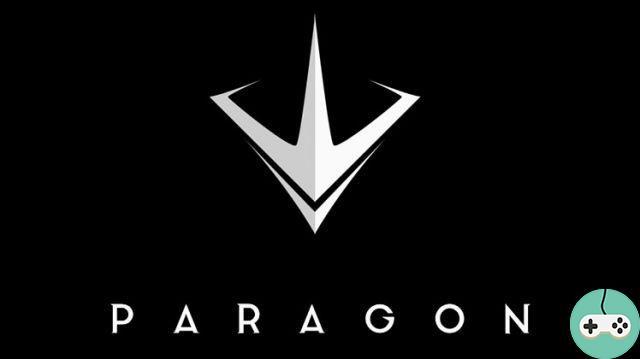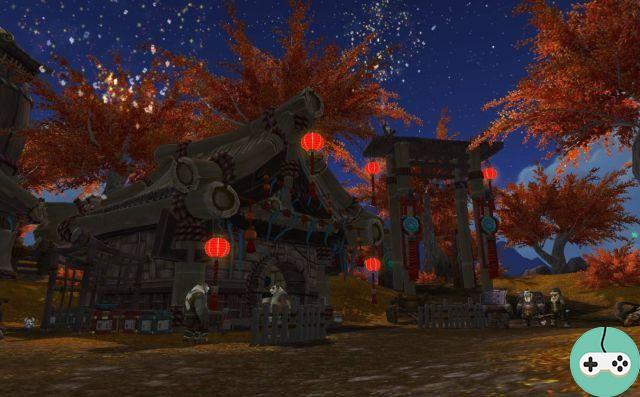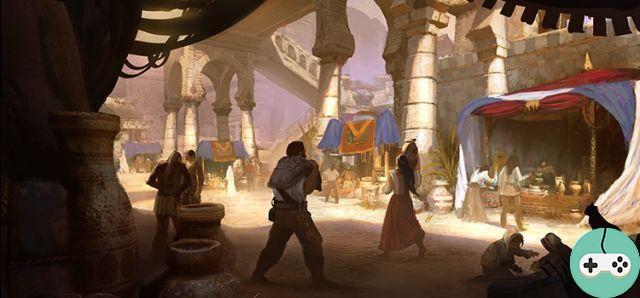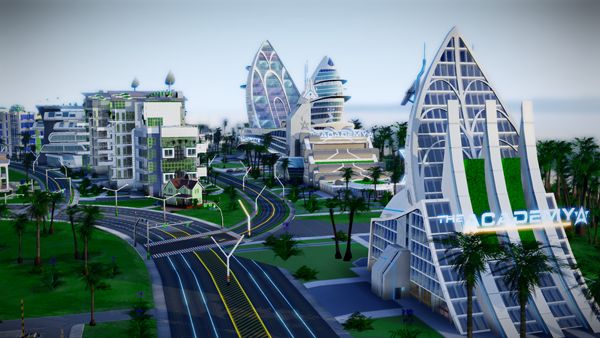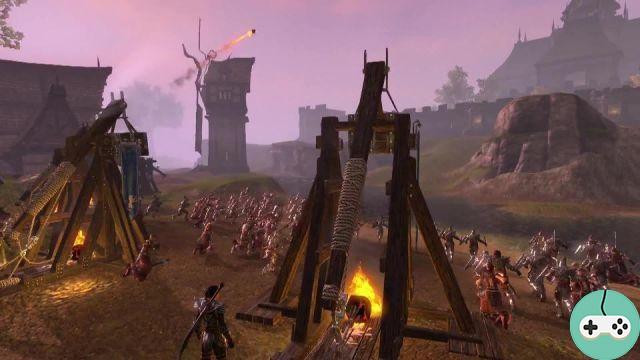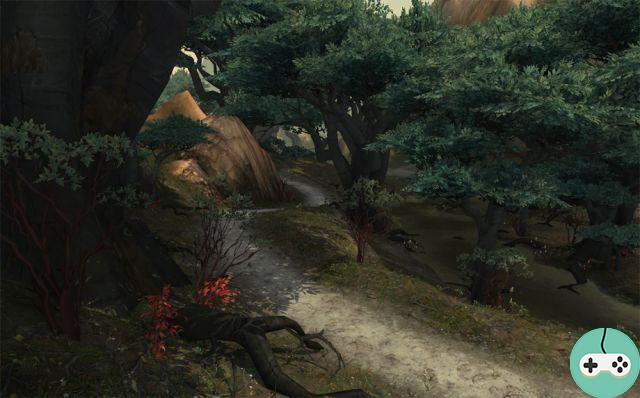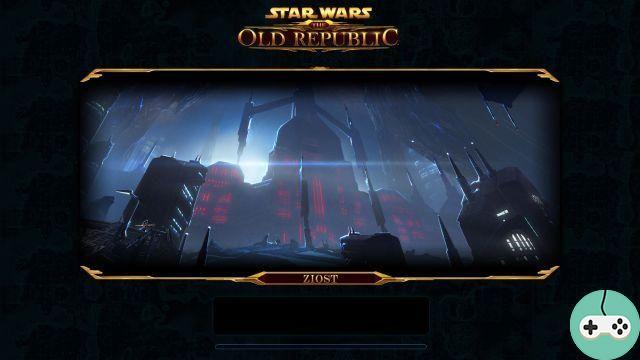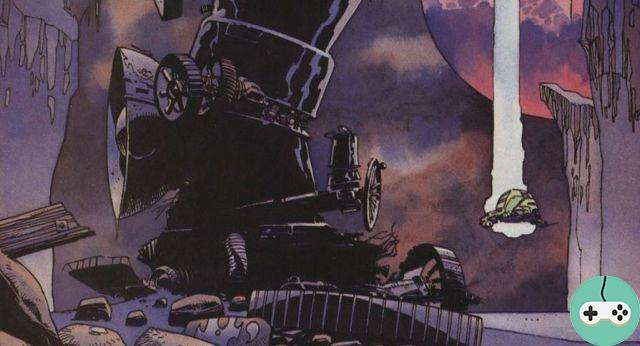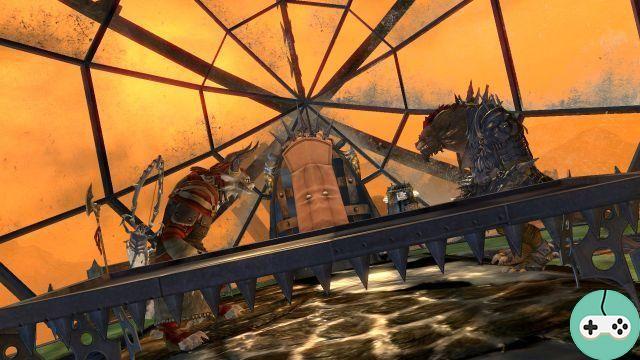
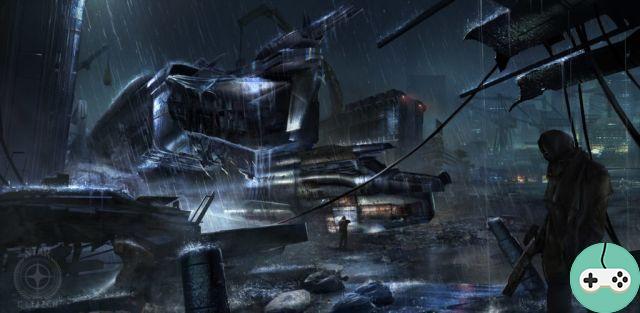
“Magnus: At the Edge of the Unknown” or so, read the interpretation of the local government's classic travel brochure. In truth, this expression best describes Magnus a century ago, the last decades have seen an increase in colonization in a system that claims to be the unofficial capital at the frontiers of human culture.
Originally discovered in 2499, Magnus was a small, mediocre system: three planets orbiting an orange dwarf star. The different variations of our own sun on Earth meant that Magnus was unable to generate a system of outer planets or a vast array of jump points. Reconnaissance did not locate any protoplanets, gas pockets or asteroid fields in the vicinity of the system; the region surrounding Magnus is a deep, incredibly desolate space. A single world, Magnus II, was identified as ideal for terraforming.
This process happened quickly. The ease of travel to the Magnus system, the availability of heavy metals and the ability of Magnus II terraforming resulted in a military decree from 2533. At the end of the 26th century, Magnus became a large-scale naval base and the source of much of the shipbuilding industry. This lasted for about fifty years, until budgetary restrictions and the desire to concentrate activities in other systems, like Kilian, resulted in the large-scale abandonment of Magnus.
For a period of time, Magnus II was a desert and arid world - the effects of terraforming had not yet completely transformed the planet, and for a decade, extreme solar flares hampered the transition to a temperate world, resulting in the decomposition of the UEE installations and considerably reducing the interest of the Magnus system. The result was a strange depopulated ghost world abandoning refining structures and shipbuilding equipment deemed too expensive to be moved elsewhere. During this period, the population of the system declined to less than 3000, most of whom did not have the legal right to establish their camps.
In 2751, the original military classification of the Magnus system ended and other settlers were technically allowed to move in. Seeing no practical use in Magnus, the UEE chooses not to renew the requisition requests for the lands of the only habitable planet. With the golden age of colonization long overdue, the settlers of Magnus were a motley group of "isolated partisans," attempting to claim and escape their reputations on other worlds. The result was a system with a savage reputation, an anarchic atmosphere, where men could live outside the law. A culture supporting this system has since emerged, with the hymn “kill-or-be-killed” in a strictly enforced code of honor.
Over the past few years, Magnus II, Borea, has become more civilized, increasingly playing on his reputation and sweeping the fading ghost towns for tourist dollars. However Borea is still one of the most dangerous human worlds; while the government has just entered a more regulated system, assassinations are not uncommon. This culture is not one-sided, but Magnus is seen as a place where anyone can make a fresh start in a system that cares less about an individual's past than about their potential. For this reason alone, settlement on Borea is increasing year by year.
Magnus I
Magnus I is a chthonic planet, an ancient gas giant whose atmosphere has totally changed due to its proximity to the star's sun. The result is a compact mass of rocks rich in valuable minerals. The UEE maintains its mining rights to Magnus I, and does not deal with outsiders with respect to shipping or refining. Due to its cosmology, Magnus I is also a source of high quality diamonds, used both as gemstones and for industrial operations. Again, UEE controls oversee all sales and criminal activity has never significantly penetrated Magnus I.
Magnus II (Boreas)
Borea is the terraformed center of the system. Classified as a near Earth planet, Borea enjoys a variety of climates and is generally ideal for human settlements. The planet is dotted with dozens of abandoned century-old UEE naval installations, which are gradually fading away over time.
Some were inhabited by pioneers, while other prefabricated towns sprang up elsewhere having nothing to do with the original colonization. Farms cover the temperate zones of the planet, most of them run by loners who have traveled to Magnus to escape the rest of the human race. The general atmosphere that the world gives off is reflected in a climate abnormally stuck between yesterday and today.
The capital of the world is Newcastle. A recent space assassination attempt on the entire Governing Council of the planet prompted the government to redirect all traffic to the industrial city of Odyssa, which can now be considered Magnus' only spaceport. Odyssa was once a shipbuilding town before Magnus was abandoned by the UEE. It has been revitalized in recent years with the development of the Drake Interplanetary business. Vast swathes of empty warehouses and rusty construction sites have been modernized. Gangs are a serious problem in the city, and squatters have claimed many old and numerous UEE facilities, where questionable ship repairs and upgrades can be sought.
the big XNUMX
Magnus III is a superb gas giant similar to Jupiter, a huge multicolored sphere clinging to an extreme distance from Magnus' sun. As it is not particularly close to any of the system's jump points, Magnus III remains largely untapped as a supply point. Persistent rumors claim that Magnus III's Lagrange Points are usual hackers' meeting places, although this has never been confirmed. The lack of extraplanetary legal forces (and the disinterest in punishing such crimes in the region) credibly supports these foundations. At the same time, Magnus III remains relatively inaccessible to anyone, especially the larger pirate cartels.










